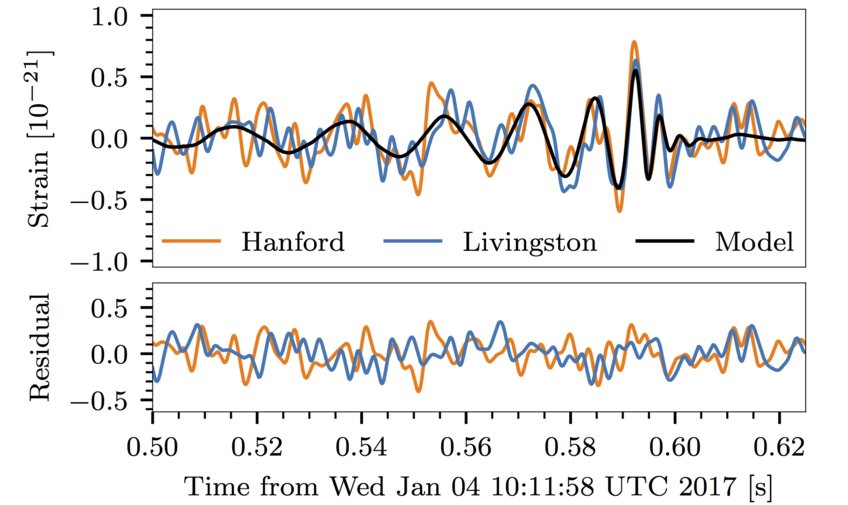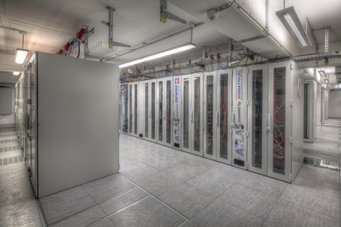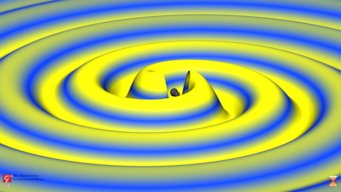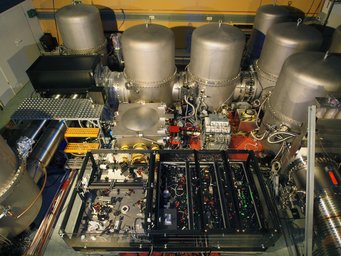LIGO observes a third gravitational wave signal
Results confirm new population of black holes
The Laser Interferometer Gravitational-wave Observatory (LIGO) has made a third detection of gravitational waves, ripples in space and time, demonstrating that a new window in astronomy has been firmly opened. As was the case with the first two detections, the waves were generated when a pair of black holes merged to form a larger black hole. The signal was first seen at the Max Planck Institute for Gravitational Physics (Albert Einstein Institute, AEI) in Hannover. Scientists at the AEI in Potsdam and Hannover and the Leibniz Universität Hannover have made crucial contributions in several key areas: highly accurate waveform models to detect the signal and infer astrophysical information from it, efficient data analysis methods running on powerful computer clusters, and advanced detector technology. The detection leads to an improved estimate for the rate of black hole mergers and is fully consistent with Einstein’s theory of general relativity.
The latest finding solidifies the case for a new class of black hole pairs, or binary black holes, with masses that are larger than what had been seen before by LIGO. The newfound black hole, formed by the pair's merger, has a mass about 49 times that of our Sun. This fills in a gap between the masses of the two merged black holes detected previously by LIGO, which had the masses of 62 Suns (first detection) and 21 Suns (second detection).
The LIGO Scientific Collaboration (LSC) published the results in Physical Review Letters. On 4 January 2017 at 11:11:58.6 CET both LIGO instruments detected a gravitational wave, called GW170104. It arrived 3 milliseconds earlier at the Hanford than at the Livingston instrument, an effect due to the source’s sky position.
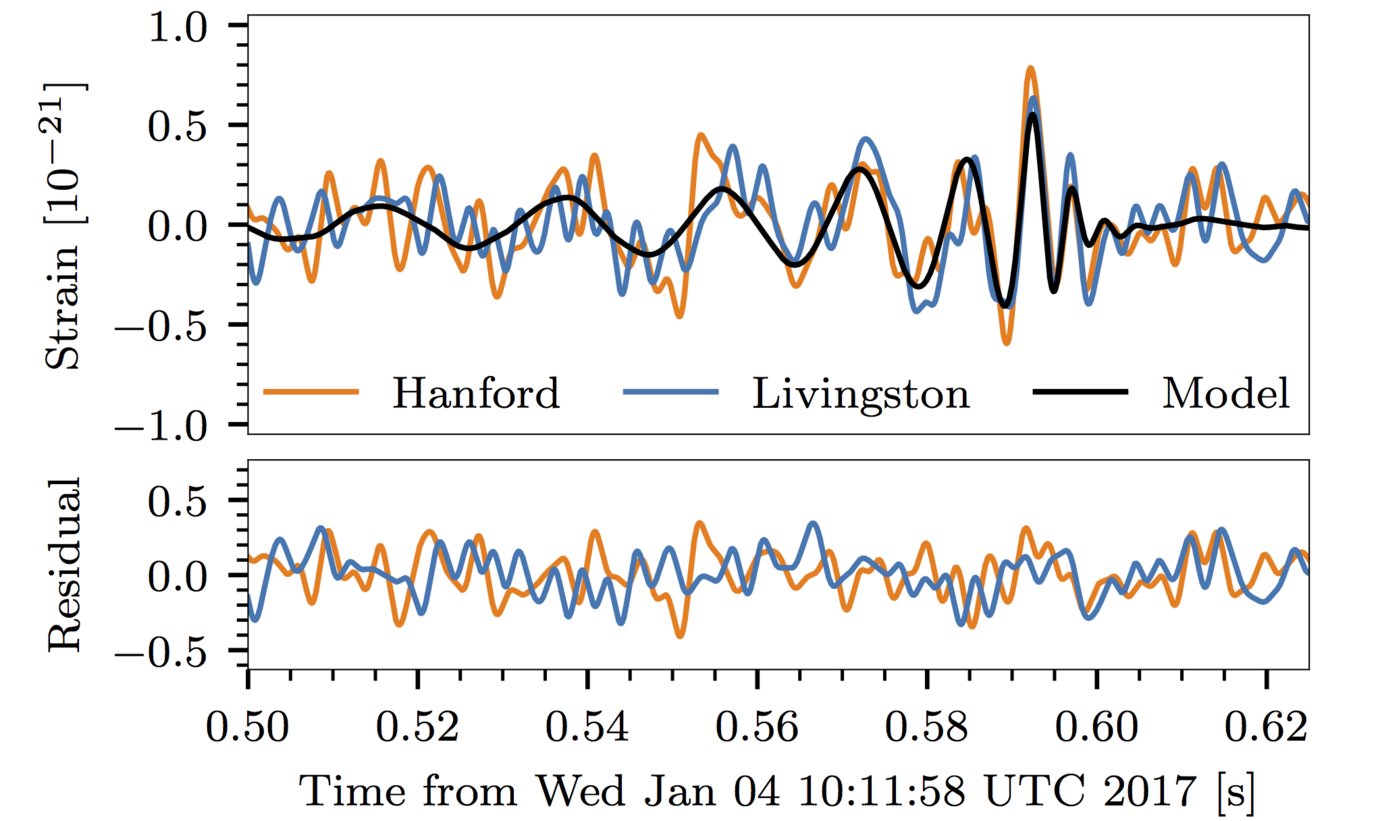
Detailed analyses showed that the gravitational wave signal was emitted by the collision of two black holes of 31 and 19 solar masses, respectively. “With another event of this kind, we are realizing that heavy binary black holes are more common than we had believed just a little over a year ago. A lot remains to be learned – this is an exciting time for the new era of gravitational-wave astrophysics!” say Bruce Allen, Alessandra Buonanno, directors at the Max Planck Institute for Gravitational Physics, and Karsten Danzmann, director at the Max Planck Institute for Gravitational Physics and at the Institute for Gravitational Physics of the Leibniz Universität Hannover.
The gravitational wave signal from GW170104 was detectable for about 920 ms in LIGO’s observation band between about 20 Hertz and 265 Hertz for 29 gravitational-wave cycles. The black holes merged at about 172 Hz. The signal was weaker than the first one detected by LIGO in September 2015 because the black hole masses were smaller and the merger happened at a distance of about three billion light-years, twice as far away as the first one.
Data analysis methods and computing power for finding GW170104
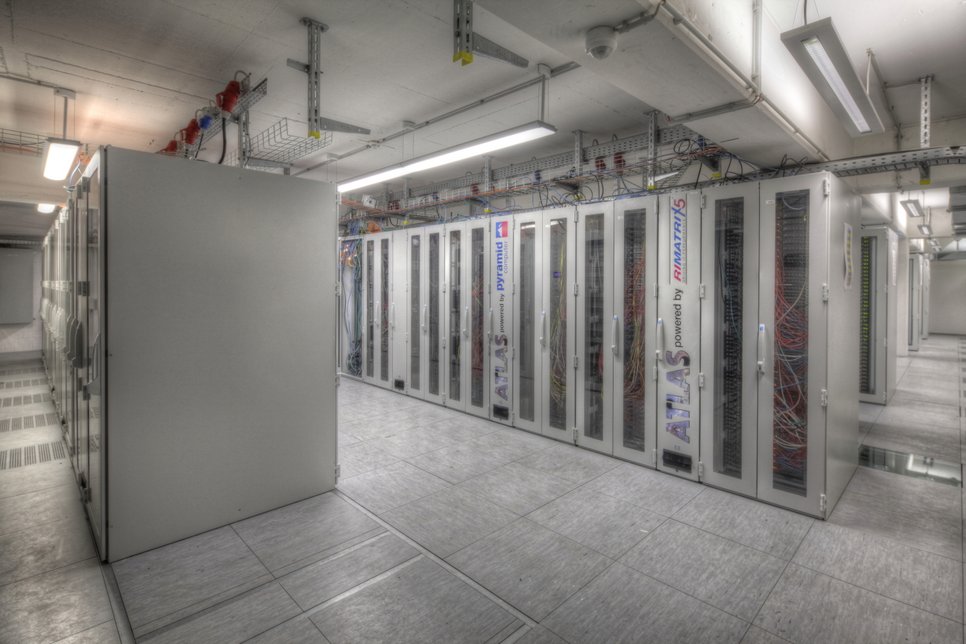
The initial detection of GW170104 was possible due to the careful analysis by Dr. Alexander Nitz, a postdoctoral researcher at the AEI Hannover. While the LIGO data analysis system normally generates automatic signal candidate alerts, this did not happen on 4 January 2017 due to an incorrect setting at the Hanford site. Nitz visually inspected candidates on that day generated by a low-latency analysis he had developed at the AEI. He came across a promising signal in Livingston detector data. Further examination showed a corresponding candidate in the Hanford data. “I am proud that like in the first direct detection the new signal was first seen at the AEI in Hannover,” says Bruce Allen, Managing Director of the AEI and Honorary Professor at Leibniz Universität Hannover. “As an automatic alert was not generated for GW170104, this is even more meaningful for the new event than it was in September 2015.”
Members of the Observational Relativity and Cosmology division at AEI Hannover developed and implemented many of the algorithms and software used in the analysis of the LIGO data. These analyses were used, for example, to establish the statistical significance of GW170104 and to determine its parameters. In addition, about 50% of the data analysis was performed on the Atlas supercomputer operated by the division.
Matched-filter analysis and waveform models crucial to detect and interpret GW170104
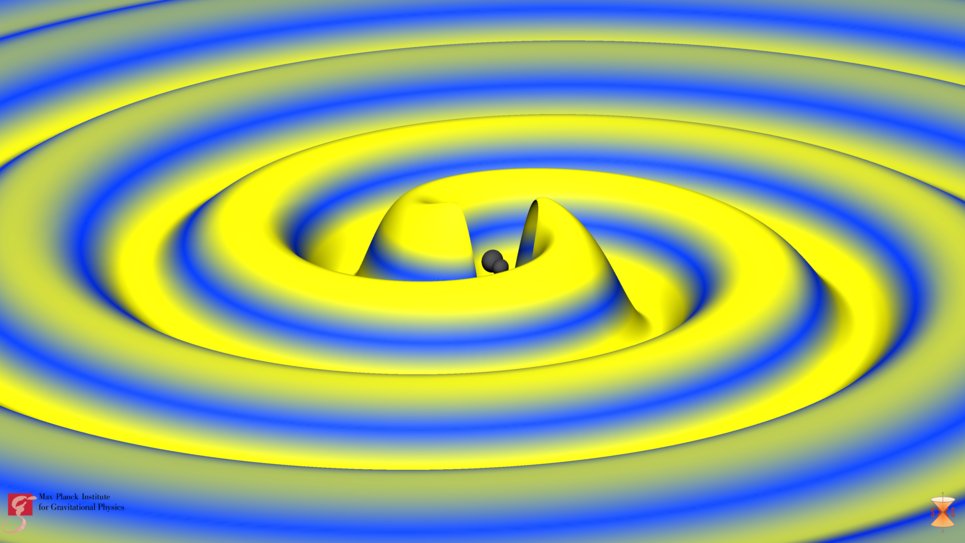
Scientists of the Astrophysical and Cosmological Relativity division at the AEI in Potsdam played a leading role in designing the matched-filter analysis and interpreting GW170104. Building on the successful synergy between analytical and numerical-relativity methods to solve Einstein’s equations, they developed in 2016 a more accurate set of waveform filters for binary black hole mergers, which has been employed in O2 and has observed GW170104. In addition, the high-performance computer cluster Vulcan at the AEI in Potsdam was used to determine the statistical significance of GW170104, confidently confirming its astrophysical origin.
Researchers in Potsdam built follow-up analysis methods and employed those waveform models to unveil the astrophysical properties of GW170104. For the first time they found some evidence that at least one black-hole spin may not be aligned with the overall orbital motion, favouring some astrophysical scenarios of binary’s formation. They were also involved in performing tests of General Relativity, which have confirmed that the propagation properties of GW170104 are once again consistent with Einstein’s predictions.
“The observation and interpretation of yet another LIGO signal, GW170104, confirm the success of our theoretical program to model binary black holes in General Relativity by combining the best of two worlds: fast, but approximate analytical techniques with exact, but time-consuming numerical simulations,” says Alessandra Buonanno, director at the AEI in Potsdam and College Park professor at the University of Maryland.
Developing and testing detector technology with GEO600
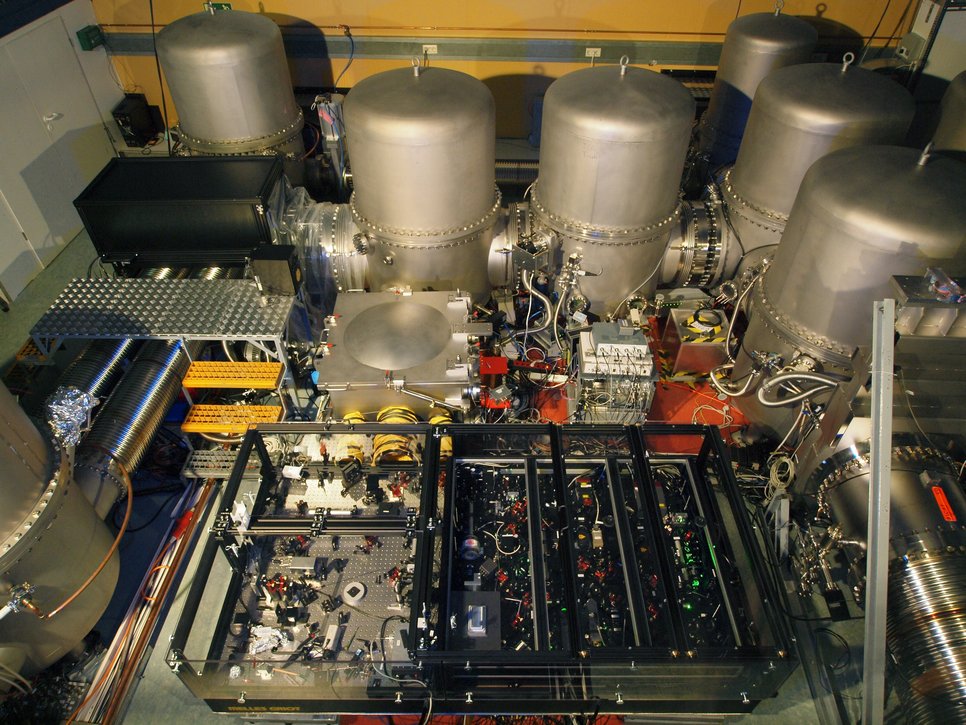
Max Planck and Leibniz Universität researchers together with UK colleagues designed and operate the GEO600 gravitational-wave detector 20 kilometers south of Hannover, Germany. GEO600 is and always has been a think tank and testbed for novel detector techniques. Many key technologies that enable the unprecedented sensitivity of LIGO and its discoveries have been developed and tested by GEO600. AEI researchers together with the Laser Zentrum Hannover e.V. also developed, built, and installed the LIGO high-power laser systems.
“While GEO600 is taking science data together with the LIGO detectors, our researchers are also busy improving the detector’s squeezed-light source,” says Karsten Danzmann. GEO600 is the only gravitational-wave detector worldwide using squeezed light to mitigate fundamental quantum noise effects and improve its sensitivity at high frequencies. Higher sensitivity is especially important when it comes to detecting and analysing events such as the highly anticipated neutron star mergers. “In the future all ground-based gravitational-wave detectors will use squeezed-light sources similar to those being developed and perfected at GEO600 at the moment,” explains Danzmann.
Into the era of observational gravitational-wave astronomy
The era of gravitational-wave astronomy began on 14 September 2015 with the first direct detection of gravitational waves by the twin LIGO instruments. In their first observation run O1, researchers identified a total of two signals, called GW150914 and GW151226, both from merging pairs of black holes. Since 30 November 2016, the LIGO instruments together with the GEO600 detector near Hannover, Germany, have been operating at higher sensitivity in the second observation run O2. The higher sensitivity is due to a laser power increase at the Hanford instrument and the mitigation of stray light effects in the Livingston instrument.
GW170104 is the first published event out of six signal candidates identified by near real-time analyses in O2. These candidates might or might not be real gravitational wave signals and have been shared with astronomers who will look for electromagnetic signatures corresponding to the six candidates.
The O2 run will continue until August 2017, and it will be followed by further upgrades to both LIGO instruments. The third observation run O3 with unprecedented sensitivity is expected to begin in late 2018.
LIGO
The LIGO Laboratory is funded by the NSF, and operated by Caltech and MIT, which conceived and built the Observatory. The NSF led in financial support for the Advanced LIGO project with Germany (MPG), the U.K. (STFC) and Australia (ARC) making significant commitments and contributions to the project. More than 1,000 scientists from around the world participate in the effort through the LIGO Scientific Collaboration, which includes the GEO Collaboration. LIGO partners with the Virgo Collaboration, which is supported by Centre National de la Recherche Scientifique (CNRS), Istituto Nazionale di Fisica Nucleare (INFN) and Nikhef, as well as Virgo's host institution, the European Gravitational Observatory, a consortium that includes 280 additional scientists throughout Europe. Additional partners are listed at: http://ligo.org/partners.php.
